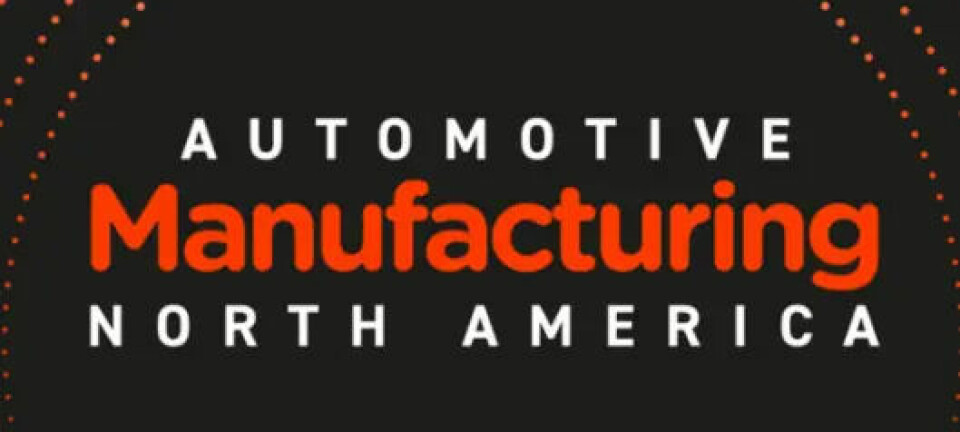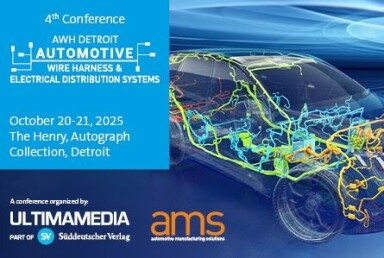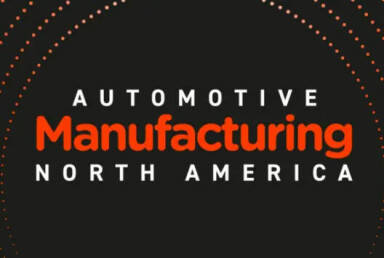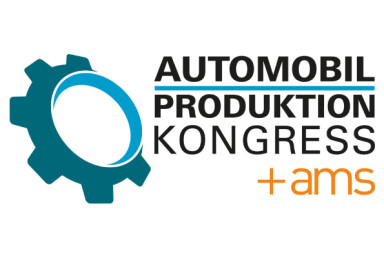Megacasting for mega production efficiencies
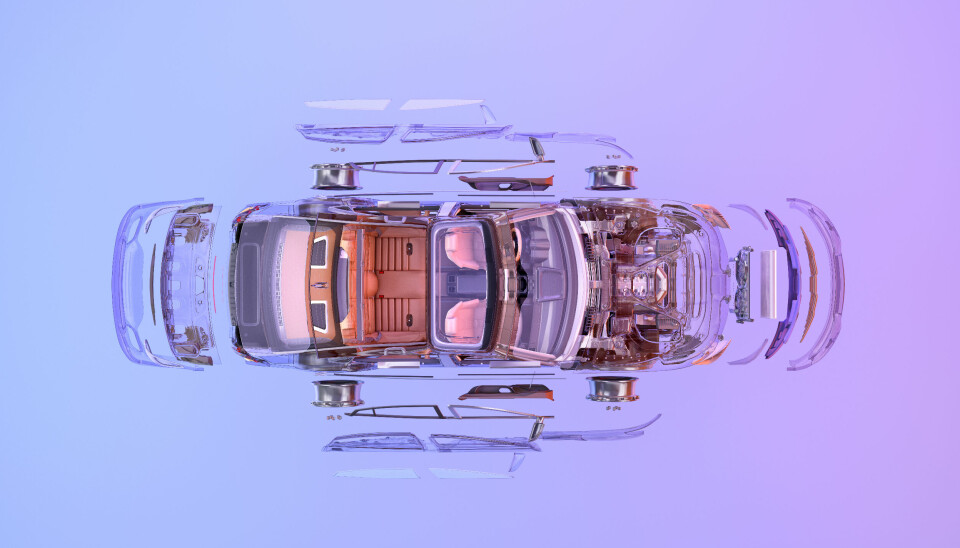
Megacasting maestro Bühler
on the complexities of simplicity
The shift from traditional body-in-white assembly to integrated structural castings is profoundly changing automotive manufacturing. Bühler, a leader in die casting, discusses how it, and other OEMs can successfully navigate the transformation.
“Simplicity is complexity resolved" said modern sculptor Constantin Brancusi. Automotive production, too, is a kind of hyper-modernist sculpting. Too simplistic? What is simple enough is that in the race to offset complexity, the automotive industry finds itself seeking to outstrip the time-honoured, complex, multi-part assembly of traditional steel bodies in favour of a new, simplified paradigm.
This sea-change is being pushed by the rise of megacasting; the manufacturing process that creates large, single-piece structural components from mostly molten aluminium. This technological shift, championed by automotive technology leaders like Switzerland’s Bühler, promises to dramatically simplify the manufacturing process, reduce a vehicle’s part count, and cut capital costs across production.
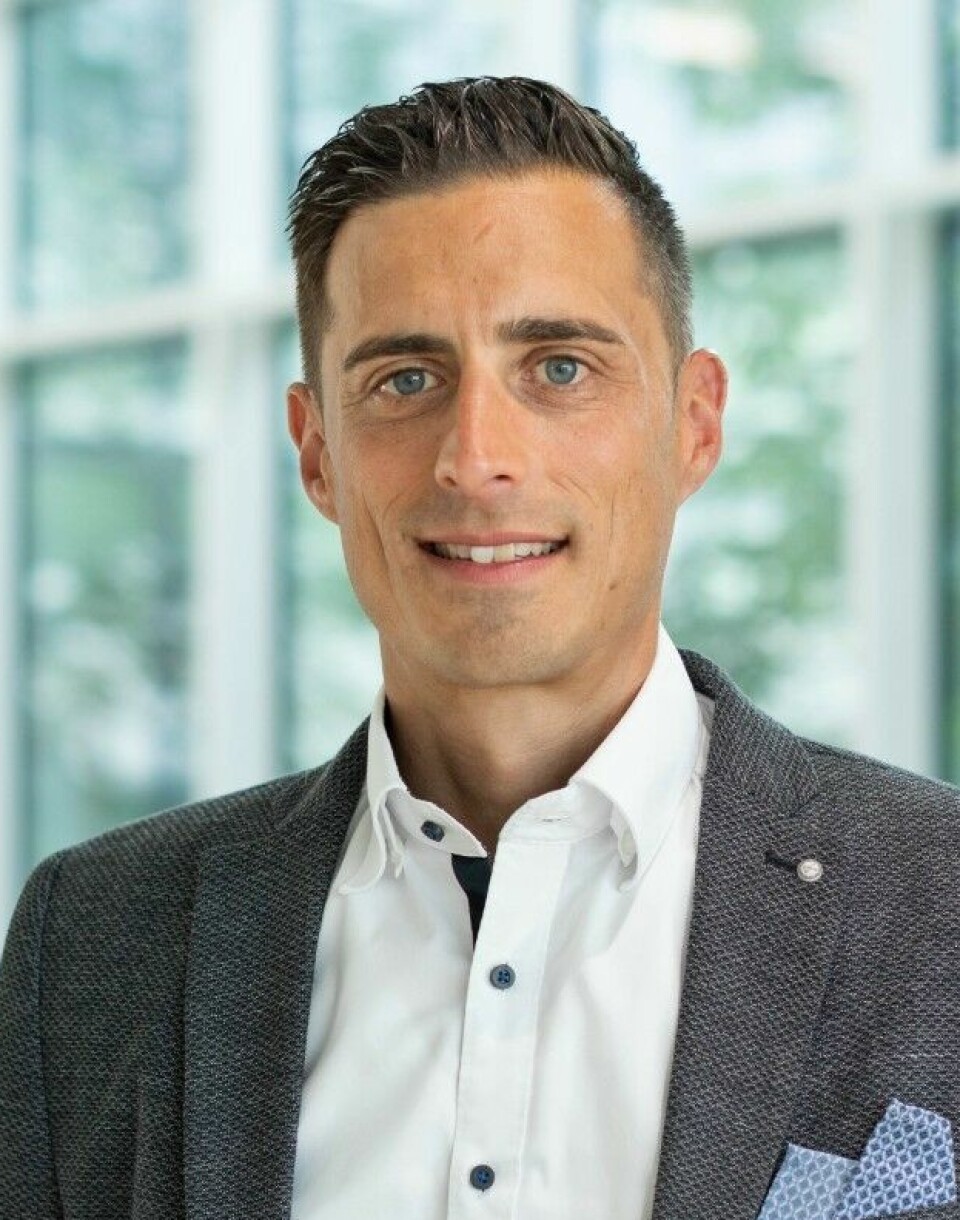
Bühler, no doubt a global leader in die casting solutions, has been at the forefront of this key shift. The company’s work with major automotive OEMs has accelerated the adoption of this technology and helped it to spread across global manufacturing footprints.
For instance, Bühler supplied its Carat 610 and Carat 840 die-casting machines to Tesla’s Gigafactory in Shanghai and later to its facilities in Texas and Berlin. These machines were instrumental in producing the intricate front and rear underbody castings for Tesla’s Model Y, replacing hundreds of stamped-steel parts with a single, massive component.
In a similar vein, the company also collaborated with Volvo, providing its Carat 840 and Carat 920 machines for the production of body parts for its electric vehicles, with a focus on improving crash performance and structural integrity.
However, the move from traditional assembly to an integrated casting process, presents both immense opportunities and significant challenges for automakers. How does one overhaul such an ingrained system, though?
To understand the intricacies of this transition, AMS spoke with Michael Cinelli, Director of Product Management & Marketing for Die Casting at Bühler. His insights shed light on the hurdles and triumphs of scaling megacasting from pilot projects to full-scale, stable production, the strategic trade-offs between one-piece and modular designs, and the critical role of material science and sustainability in this new era of automotive manufacturing.
Scaling from pilot to high-volume production
The leap from a controlled pilot environment to high-OEE (Overall Equipment Effectiveness) series production is a complex undertaking, far exceeding the challenges of mere machine installation. According to Michael Cinelli, the most significant hurdle is a mastery of the entire manufacturing value chain. As he states, "The hardest leap is mastering every step of the process - melting, dosing, injection, die thermal control, extraction, trimming, inspection, and palletising - while maintaining consistent quality."
He emphasises that success goes beyond technology, however, as it is "about managing system-level complexity and building casting know-how in organisations that often come from stamping." The core challenge lies in synchronising an entire ecosystem of processes—from the metallurgical integrity of the melt to the precise automation of part handling—to achieve a repeatable, high-quality output.
Preparation and preheating of the dies to target temperature, combined with recipe-driven controls, enable fast ramp-up with only a few startup shots after installation
Michael Cinelli, Director of Product Management & Marketing for Die Casting at Bühler
To achieve this, Bühler employs a two-pronged approach. First, it standardises its large Carat platforms with integrated vacuum systems, servo drives, and real-time shot control, all unified under a single automation layer. This reduces variability across the cell. Second, Bühler deploys dedicated process engineers on-site post-commissioning to secure stable production. Seen from this vantage point, successful megacasting operations are a kind of Human-Machine Interface (HMI).
"By combining standardised technology, resident process support, and sustained capability building, we help bridge the gap between pilot runs and stable, high-efficiency series production," Cinelli states. This blend of technological standardisation and hands-on, human expertise is critical for accelerating the learning curve for OEMs.
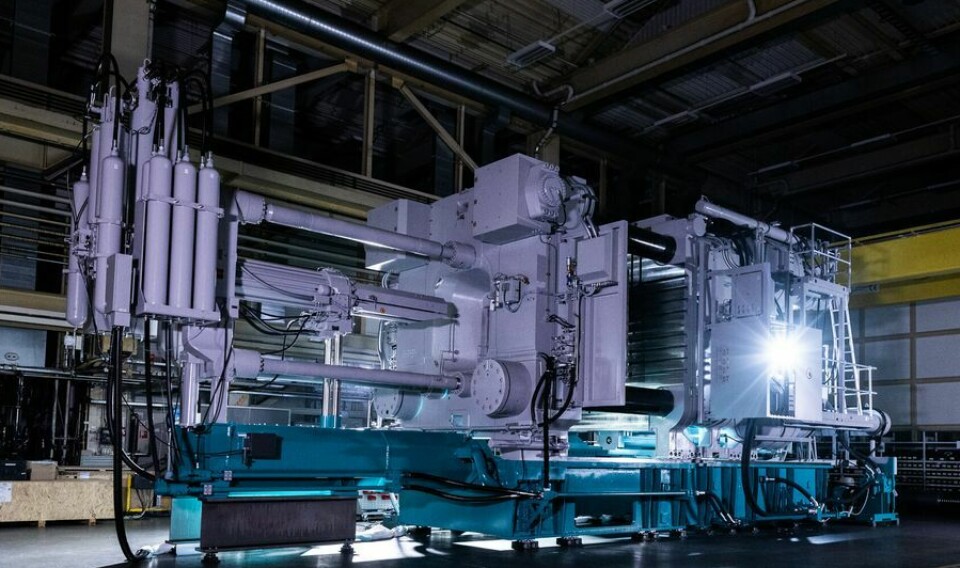
Regional differences in adoption are also noteworthy. Cinelli observes that "while Chinese newcomers act very quickly and promptly resort to technical prototype solutions, more traditional OEMs tend to rely heavily on simulation because a change to megacasting for them often means to transform existing manufacturing sites."
This highlights a strategic divergence: newer entrants are willing to iterate rapidly on the factory floor, while established players with extensive brownfield sites prefer de-risking through extensive digital modelling before committing to a full-scale physical transformation.
One-piece versus modular casting strategies
The debate between a single-piece underbody and a modular casting strategy is a fundamental architectural decision for OEMs. This choice, as Cinelli notes, "often starts with make-or-buy analysis and supply-chain constraints." Committing to a full one-piece underbody is a significant vertical integration play, requiring a multi-million-pound investment in a megacasting foundry directly inside or adjacent to the final assembly line.
This, he explains, "minimises part count and joints but concentrates risk, requiring tighter dimensional control and on-site capabilities." The benefit is maximum structural stiffness and a streamlined assembly line, but the cost is high capital expenditure and the need to build a new core competency.
At least about 80% of part CO₂e typically comes from the aluminium itself.
Michael Cinelli, Bühler
Conversely, a modular approach allows OEMs to leverage a mature automotive supply chain. "Some OEMs... prefer a modular route because they can source parts from experienced suppliers, shift investment and operational risk out of the body shop, and avoid developing new in-house process capabilities," Cinelli explains.
The strategy reduces on-site burden and capital risk but comes with trade-offs in structural integration, potentially lower global stiffness, and increased complexity in logistics and joining. Both paths are viable for meeting crash and durability targets, with the final decision hinging on an OEM's strategic risk appetite and its existing manufacturing footprint.
Changeover in mixed-model Megacasting
Efficient changeover in a mixed-model plant is a critical driver of overall productivity. Cinelli clarifies that it is important to "differentiate between die changes on the same product and full product changes." Die changes for the same product, which involve swapping out a worn die without altering the fundamental part geometry, can be achieved in a realistic window of "2–6 hours." The primary factors influencing this time are "crane accessibility, crane fixtures, and overall procedure and preparation."
For full product changes, which necessitate adjustments to ancillary equipment like grippers and trim tools, the time required is longer. To accelerate these complex swaps, Bühler has integrated several modular features. "We offer hydraulic quick clamping, ejector quick couplings, quick-connects for water, hydraulics, and other media," Cinelli says.
He also highlights the importance of process-level controls: "preparation and preheating of the dies to target temperature, combined with recipe-driven controls, enable fast ramp-up with only a few startup shots after installation." This automation-driven approach minimises scrap and production lag after a swap.
Alloy integrity for crash structures
The metallurgical quality of large-scale castings is non-negotiable, particularly for components that are part of a vehicle's crash structure. The challenge is to achieve a porosity-free, dimensionally stable part without compromising cycle time. Michael Cinelli explains that this depends on "clean, stable metal, and flow-friendly design." Bühler's process includes a suite of melt-handling practices, such as "tightly controlled melting, multi-stage filtration, and rotary degassing with continuous hydrogen monitoring."
The design of the die itself is equally crucial. Bühler uses gating and venting that is "designed to avoid air entrainment and trap inclusions." Precision in the injection process is also key. "Controlled first-phase velocity and switchover timing limit gas pickup, while balanced die cooling and targeted local control protect critical features," Cinelli adds. The integrated approach, which combines meticulous melt preparation with intelligent process control, is essential for producing high-integrity castings at production speed.
Sustainability and carbon footprint reduction across megacasting
For a technology hailed as a sustainability game-changer, a nuanced understanding of its environmental impact is essential. Michael Cinelli points out that for megacasting, "at least about 80% of part CO₂e typically comes from the aluminium itself." Therefore, the most impactful measure is "primarily a material-sourcing question: prioritise low-carbon primary and maximise certified secondary content to drive the footprint down."
Beyond material, the melting process is the largest process contributor to CO₂e emissions. Cinelli identifies several key levers: "biogas in place of natural gas, electric melting concepts powered by renewables, and waste-heat recovery on gas-fired furnaces are effective levers." Additionally, bringing melting operations in-house allows for "closed-loop recycling of pre-consumer scrap, improving material yield."
At the cell level, servo-driven machines and efficient auxiliaries reduce energy per shot, but Cinelli emphasises that "one of the most impactful measures overall is reducing production scrap." Such focus on process stability improves profitability while delivering significant environmental benefits by avoiding the energy and material waste of scrapped parts.
In an industry where every gram of weight and every second of cycle time counts, megacasting represents a fundamental reshaping of the value equation. It’s a bold bet on process simplification to unlock gains in efficiency, quality, and sustainability. However, this shift is not without its risks.
As Cinelli points out, it demands significant capital investment and the development of new in-house competencies, a major ask for companies built on traditional manufacturing models.

